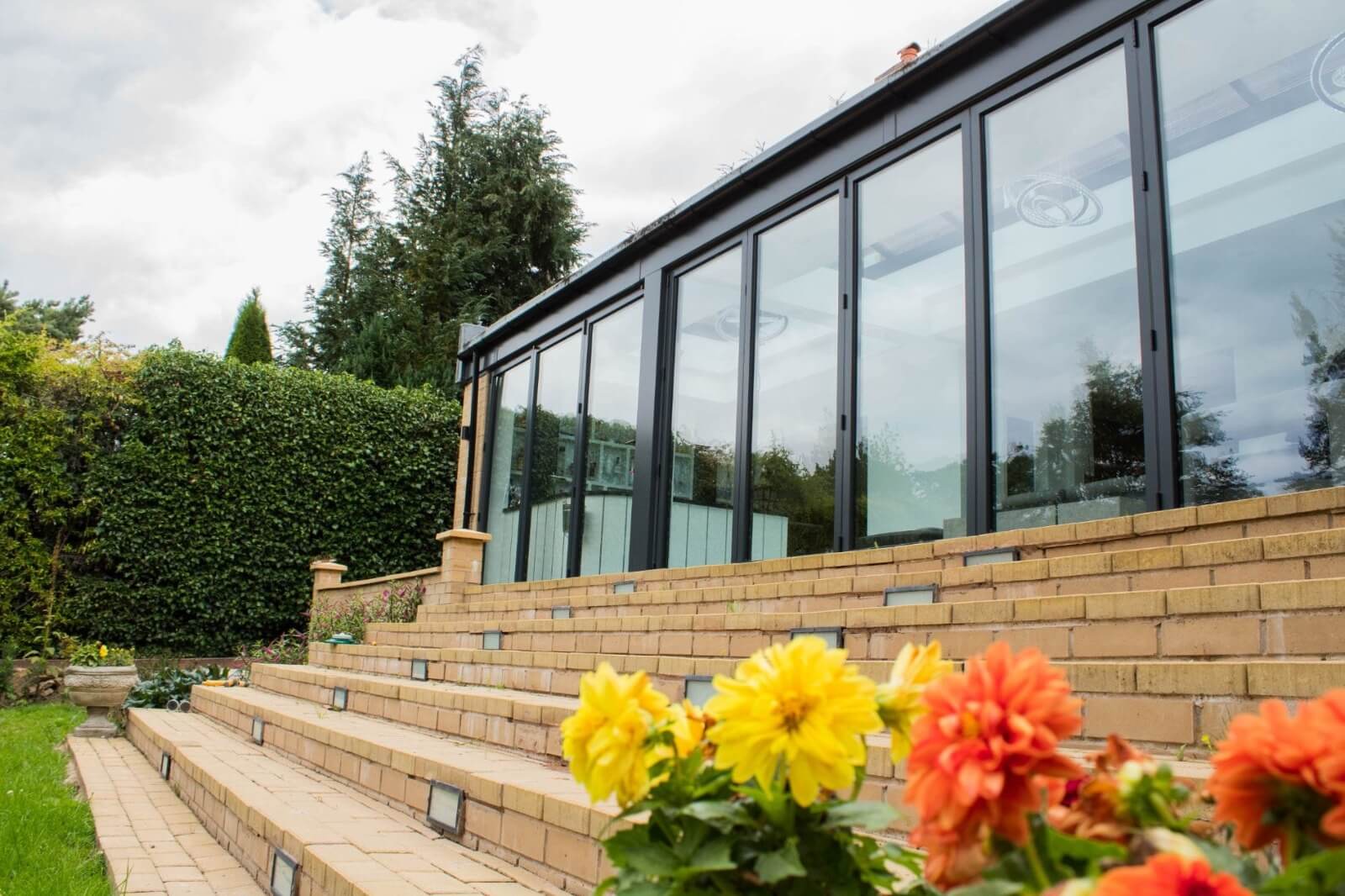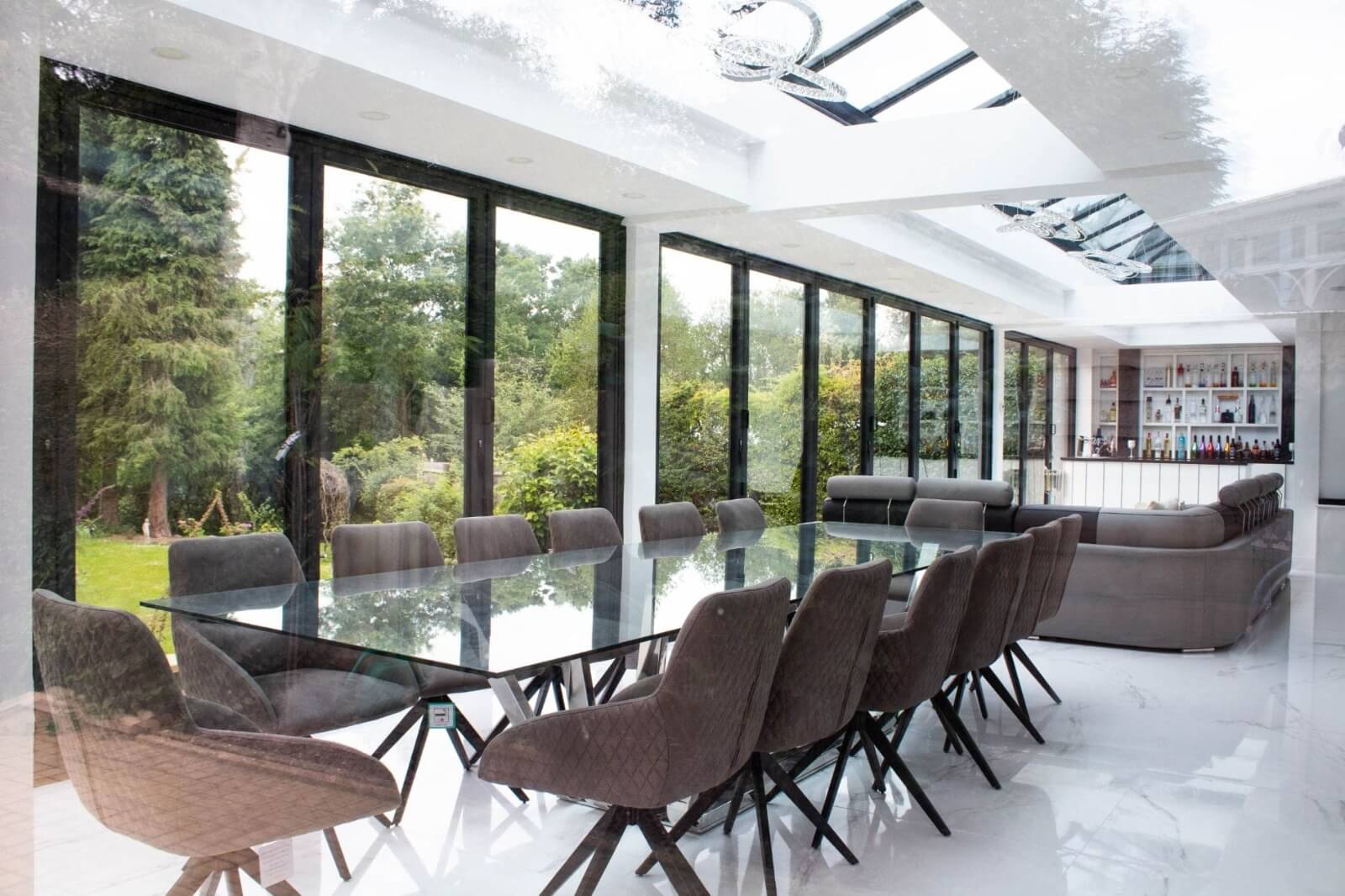Do You Need Planning Permission For A Conservatory Extension in Birmingham?
So, you’re finally getting around to the conservatory extension that you’ve been talking about doing for years. That’s great news! However, before you start any building work, it’s important to know whether or not you need to acquire any permissions from your local council.

If you go ahead with a conservatory extension without the necessary permissions, the following could occur:
- You may be forced to demolish all renovations at your expense if the new conservatory doesn’t meet with regulations
- If you ever wish to sell your property, not having the correct planning permissions and building regulations approval can cause sales to fall through
What we’re saying is, it’s far better to be safe than sorry when it comes to attaining the necessary permission before starting any conservatory renovation project!
Information regarding the attainment of planning permission can often be confusing & complicated. So, the West Midlands Double Glazing team have created a handy guide to make sure you have all the information you need in an easy-to-digest format!
Before we get into the blog, if you haven’t decided on what kind of conservatory extension you’d like, be sure to check out our conservatory page where you’ll be able to see the range of conservatories that we can construct and those we’ve already designed & built across the Birmingham & West Midlands areas. Onto the blog…
Planning Permission Jargon

Before going deep into the rabbit hole of planning permission, it’s good to get accustom to the lingo.
Building Regulations – Home Improvement projects that require structural changes or extensive alterations must comply with building regulations. These standards ensure that the health and safety of a property’s inhabitants is protected. This is separate from planning permission.
Planning Permission – Planning seeks to guide the way towns, cities and countrysides develop. This includes the use of land & buildings, their appearance, landscaping considerations, highway access and the environmental impact that the development has. If you’re planning on making significant changes to your property, you will most likely need planning permission.
Permitted Developments/Permitted Development Rights – Permitted development rights are essentially a scheme created by the government that allows you to extend/renovate your home without needing to apply for for planning permission. However, certain conditions still have to be met.
Planning Permission for Conservatories in 2020

Conservatories and single-storey extensions fall under the same rules in terms of planning permission. They are both considered permitted developments and DON’T need planning permission (within certain rulings). However, building regulations is required on projects that require structural changes or extensive alterations but more on that later on.
You DO require planning permission for a conservatory if:
- More than 50% of the land around the original property is to be covered
- The extension is forward of the front of the original housing structure that faces onto the road
- The extension is higher than the highest point of the existing roof
- If the eaves and ridge heights are higher than what currently exists on the property
- The eaves height is more than 3 metres if within 2 metres of the property boundary
- A conservatory built to the side is over 4 metres or wider than half the width of the original house size
- A conservatory built to the rear extends beyond the rear of the original house by over 6 metres for a semi detached or terraced house or 8 metres for a detached house and is more than 4 metres in height.
Please note that if your proposed development is between 4 and 8 metres to the rear of the property, then you must adhere to Neighbourhood Consultation Scheme. This is where you provide detailed plans to your local council and they will inform any adjoining owners/occupants of your development (such as your neighbours) who will be invited to raise any objections within a 21-day period. If there’s no opposition to your proposed work, you will be notified by your council and work can begin.
Can I Build A New Conservatory Or Renovate Without Planning Permission?

Conservatories come under your permitted development rights but in order to qualify for these rights and build a conservatory without planning permission, you must abide by the following rulings:
- The conservatory must not be larger than 50% of the area around the original house (which includes any outbuildings)
- It can’t extend more than 8 metres from the rear wall for a detached house and 6 metres for a semi-detached or terraced house). If the conservatory is extended more than 4 metres from the rear wall, the neighbourhood consultation scheme will come into play and your local council must be informed before any building work can take place.
- The conservatory cannot be more than 4 metres in height. If it is within 2 metres of the property boundary, it must be 3 metres or less in height.
- It doesn’t include balconies, verandas or raised platforms.
- If the conservatory is being built to the side of a house, it cannot be wider than 50% of the original width of the property.
There are exceptions to the rule. Permitted development rights do not qualify for properties which are listed buildings, flats or maisonettes and on some new build developments. Furthermore, certain homes and areas have not been included in the permitted development rights for 2020. They include homes built before 1948 and homes within Scotland, Wales and Northern Ireland.
Do You Need Building Regulations Approval For A Conservatory?

Building regulations will generally apply if you want to build any extension to your home. However, conservatories are exempt from building regulations if they adhere to the following guidelines. Your conservatory:
- Must not be more than 30 square metres of flooring area
- Is built at ground level only
- Has a roof which is 80% or more translucent
- Is no less than 1 metre away from any boundary
- Isn’t part of an open-plan layout, but is a self-contained room
- Has a heating system that is independent to the house with separate controls to switch it on and off
- Has a thermal barrier to separate the dwelling and the conservatory e.g. a window or door?
- Windows and any fixed electrical installations must comply with relevant building regulation
Please note that any open-plan conservatory extension will require building regulations as any new structural opening between the conservatory and the existing house requires approval. In these instances, you must be able to prove that the open-plan won’t result in your conservatory (or the rest of your home) becoming less energy efficient.
You are required to submit full structural drawings with heat-loss calculations to Building Control. The designs and installations will then be assessed and approval will be granted or denied. It is also heavily advised that conservatories are built without restricting ladder access to windowed rooms in roof or loft conversions in the case of a fire emergency.
If Required, How Do You Apply For Planning Permission or Building Regulations Approval?
At WMDG, our team of brilliant architects can take care of absolutely everything when it comes to submitting applications for approval. We can create the required drawings and have all relevant forms ready to submit for approval. We pride ourselves on being able to cater for the needs of all clients from inception to completion of their conservatory extension project.
Over the years, we’ve helped thousands of homes secure planning permission across the Birmingham and West Midlands areas and homeowners have been able to build their dream conservatory extension. If you’re unsure about any of the rules and regulations or would like to discuss whether your project needs any approval, be sure to contact our team today and we’d be more than happy to advise.
Alternatively, if you do decide to take care of the applications yourself, you can visit the government’s Planning Portal to get started.
